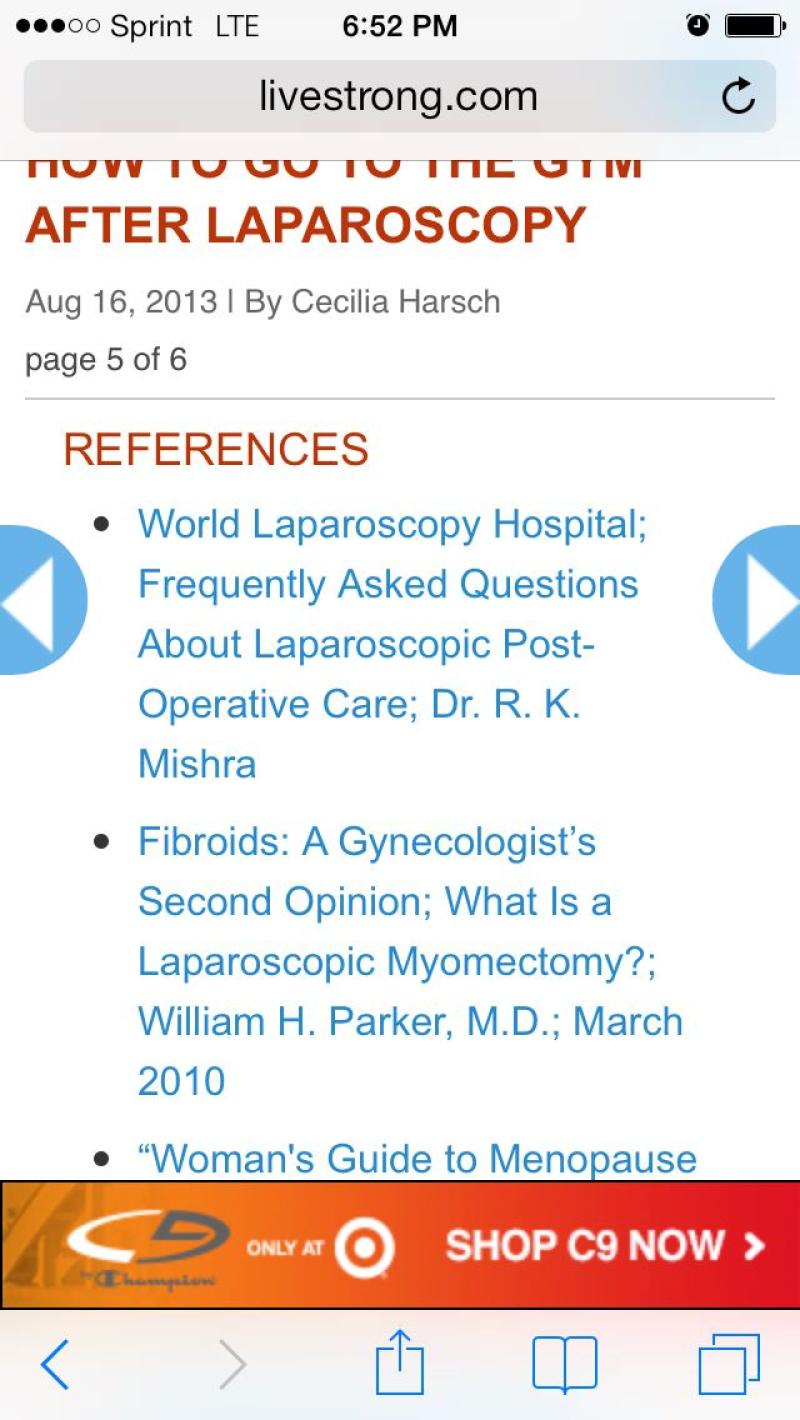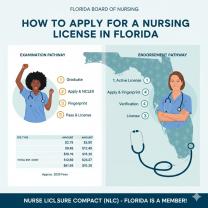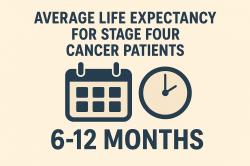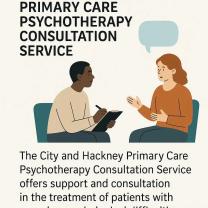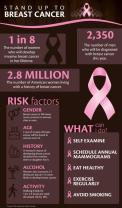How to go to the gym after laparoscopy?
Returning to the gym after a laparoscopy requires a gradual approach to ensure proper healing and prevent complications. Here's a guide:
Consult Your Doctor: Before resuming any exercise routine, consult your doctor or surgeon for clearance. They will provide personalized guidance based on your specific procedure and recovery progress.
Start Slowly: Begin with light activities and low-impact exercises. Walking is a great way to start rebuilding stamina. Gradually increase the duration and intensity as you feel more comfortable.
Avoid Heavy Lifting: Initially, avoid heavy lifting or strenuous activities that engage the abdominal muscles. Follow your doctor's recommendations regarding weight restrictions.
Focus on Core Strengthening: Once you've healed sufficiently, incorporate gentle core-strengthening exercises. Begin with basic exercises like pelvic tilts, gentle abdominal contractions, or modified planks under guidance.
Listen to Your Body: Pay attention to any discomfort or pain. If you experience pain or unusual sensations, stop the exercise immediately and consult your doctor.
Avoid Impact and Pressure: Steer clear of exercises that involve significant impact or pressure on the abdomen, such as intense abdominal exercises, heavy resistance training, or high-impact activities.
Stay Hydrated: Drink plenty of water to stay hydrated, which aids in healing and helps maintain overall health during your recovery.
Gradually Progress: As your body adjusts and heals, slowly introduce more exercises and gradually increase the intensity and duration of your workouts.
Use Proper Form: Focus on maintaining proper form during exercises to avoid unnecessary strain on your body, especially the abdominal area.
Give Yourself Time: Recovery periods vary from person to person. Be patient with yourself and give your body the time it needs to heal properly before pushing too hard.
Always prioritize your comfort and well-being during the recovery phase. It's essential to follow your doctor's advice and gradually reintroduce exercises to your routine. If you're unsure about specific exercises or activities, consider working with a certified fitness professional who can create a customized workout plan tailored to your recovery needs.
Guidelines for resuming gym activities post laparoscopy
Recovering from laparoscopy and returning to gym activities requires a balanced approach, prioritizing healing while gradually regaining strength and fitness. Here are some general guidelines:
Immediate Post-Surgery:
- Focus on rest and recovery: Prioritize sleep, listen to your body, and avoid strenuous activities for the first 1-2 weeks.
- Walking is encouraged: Gentle walks can improve circulation, prevent blood clots, and aid healing. Start slowly and gradually increase distance as you tolerate.
- Light core exercises: Simple exercises like pelvic tilts and diaphragmatic breathing can help strengthen core muscles without straining incisions.
2-4 Weeks Post-Surgery:
- Low-impact exercises: Introduce activities like yoga, Pilates, or swimming. These promote flexibility, cardiovascular health, and muscle engagement with minimal strain.
- Resistance training: Begin with light weights and focus on major muscle groups. Avoid exercises that directly target incision sites or put strain on your abdomen.
- Continue walking: Maintain regular walks and gradually increase intensity as tolerated.
4-6 Weeks Post-Surgery:
- Gradual progression: You can start incorporating higher-impact activities like jogging or cycling, but listen to your body and avoid pushing through pain.
- Full-body workouts: Gradually increase intensity and complexity of your exercises, incorporating more challenging movements and higher weights.
- Consult your doctor or physical therapist: They can assess your recovery progress and recommend specific exercises and modifications to ensure safe and effective return to gym activities.
General Tips:
- Warm up and cool down: Always prepare your body with light stretches and cardio before workouts, and cool down with gentle stretches afterward.
- Hydrate: Drink plenty of water before, during, and after exercise to stay hydrated and support recovery.
- Listen to your body: Don't ignore pain. If you experience discomfort, stop the activity and rest.
- Communicate with your doctor: Keep your doctor informed about your progress and any concerns you might have.
Remember, recovery is an individual process. Be patient, listen to your body, and gradually increase your activity level as you feel stronger. Don't hesitate to seek guidance from your doctor or a physical therapist for personalized advice and support.
By following these guidelines and prioritizing your well-being, you can safely and effectively return to your gym activities post-laparoscopy and enjoy the benefits of exercise once again.
